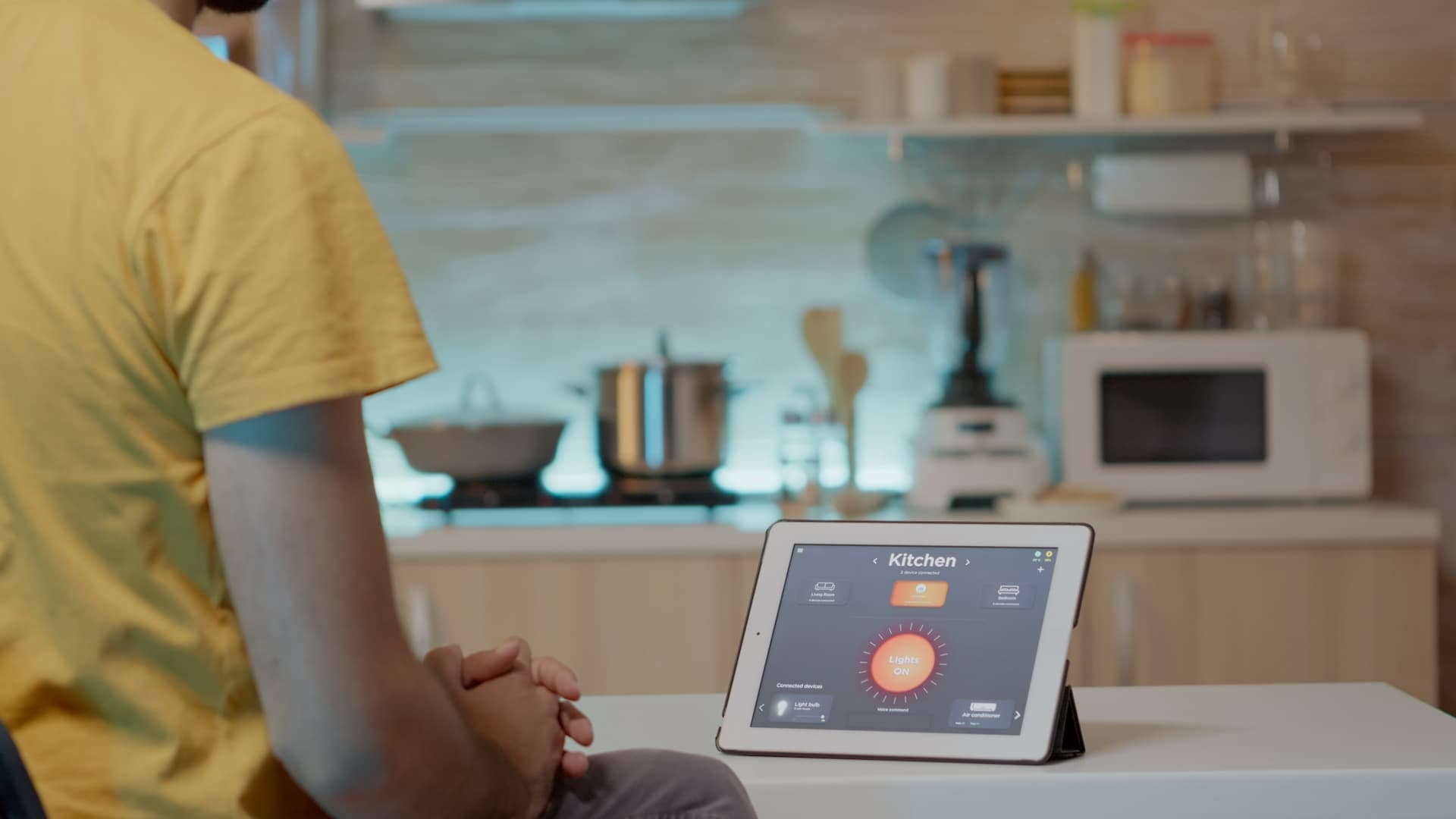
How to Integrate Smart Home Technology with Your Existing Home Setup
Regardless of whether you’re renting or owning a home, an idea of a smart, automated domicile is most certainly an alluring one.
Just imagine how much easier your life would be if the door of your home unlocked when you approached them; the lights would automatically turn on when you entered, and you have the option to ask your virtual assistant to make you a hot beverage.
Of course, there would be a plethora of other smart things that would make your job easier, like a robot vacuum cleaning your floors, a smart thermostat controlling your HVAC to keep the costs down, and the ability to monitor and control all the functions of your home via a smartphone.
Sounds like a dream, right? Well, while there isn’t a single solution that would automatically automate your home, installing and managing several smart-enabled devices is definitely a step towards dreams coming true. In this article, we’ll discuss the basic steps of integrating Smart Home technology with your existing home setup.
Step 1: Determine Your Smart Home Goals
Before you start integrating various devices with your home, it’s important to determine what you really want to achieve with your smart home setup. For example, you might want to control the lighting in your home or your heating and cooling using your smartphone or just your voice. Or maybe you simply want to monitor your home when you’re away.
Having a clear understanding of your goals will help you choose the right smart home integrations and products, ensuring that they meet your needs and the needs of your home.
Step 2: Choose Compatible Devices
It’s important to note that different manufacturers of Smart Home implementations keep to their own standards. This can result in various incompatibilities between different devices made by different manufacturers. Thus, it’s really important to choose the devices that are compatible with one another and your pre-existing system—if any.
For example, if you already have a home security system in place, you’ll want to choose smart home devices that are compatible with that system. You’ll also want to look for devices that support common smart home platforms, such as Amazon Alexa, Google Assistant, or Apple Home Kit.
Step 3: Install the Necessary Hardware
Depending on the type of devices you choose, you may need to install new hardware. This includes smart LED light bulbs, which, admittedly, may seem like an investment, but their energy expenditure is approximately 80%-90% lower compared to incandescent lights.
For example, a 40-watt incandescent light produces approx. 450-500 lumens of light, while an LED light produces the same amount of light using only 6-8 watts of power. Not to mention that LED light last longer—up to 25,000 hours, compared to 1,000 hours average lifespan of an incandescent light bulb.
Besides smart lighting, which can be used and controlled via a smartphone app, you can also get smart switches, smart plugs, and smart thermostats, all of which allow you an increased level of control while simultaneously saving on the energy bill.
If you’re installing the smart home implementations on your own, it’s important to follow the manufacturer’s installation manuals and instructions provided with the devices. However, if you’re not comfortable installing these devices yourself, consider hiring a professional.
Step 4: Connect the Devices to Your Home Network
Most smart home devices require a stable internet connection, which implies connecting them to your home network. Make sure that your wireless coverage extends to these devices, and make sure to configure your router or modem to ensure a reliable connection.
You might also need to install a smart hub if your devices don’t connect directly to your home network. This is where the previously mentioned Step 2 applies, compatibility-wise.
Step 5: Set up and Control Devices with an App
Many smart home devices come with an accompanying mobile app that allows users to set up and control individual devices. Just download the app for your devices and follow the instructions to set up each device and connect them to your home network.
This is where having a hub or devices made by the same manufacturer may be crucial—it’s always easier to control your home from within a single app than each product from its respective app. Once set up, you can use the app to control your devices, set various schedules, and monitor their status.
Step 6: Integrate Devices with a Smart Home Platform
Integrating your devices with a smart home platform, such as Amazon Alexa, Google Assistant, or Apple Home Kit, simplifies the control over your implementations. This allows you to control multiple devices from within a single app or use your voice to automate routines based on your schedule.
For example, you can set up a routine that turns off the lights, lower the blinds, and adjust the heating or cooling when you’re not home.
Final Thoughts
By following the steps described in this article, you can successfully integrate smart home technology with your existing home setup and enjoy the convenience and control offered by the smart home technology.